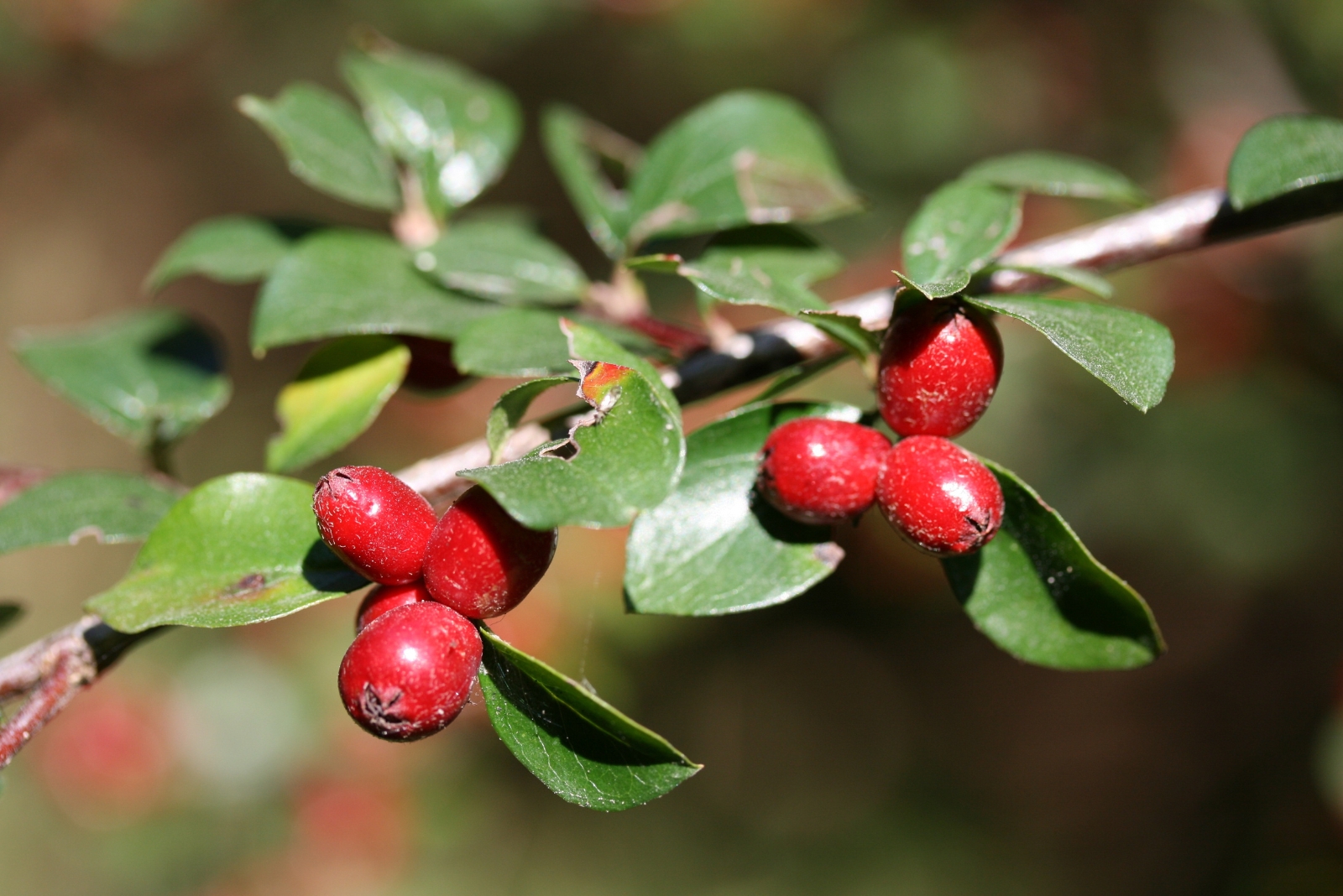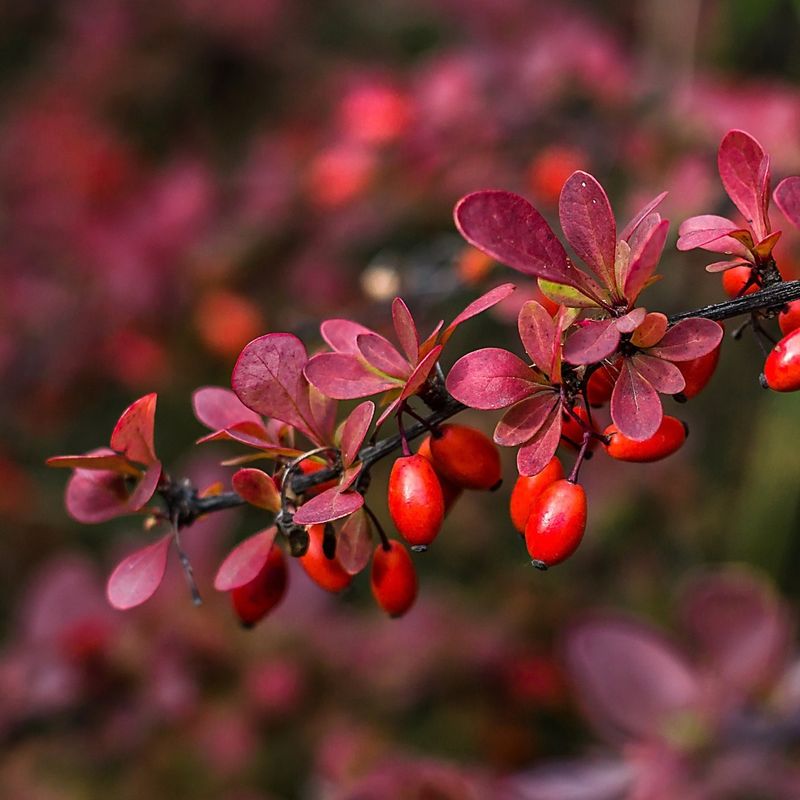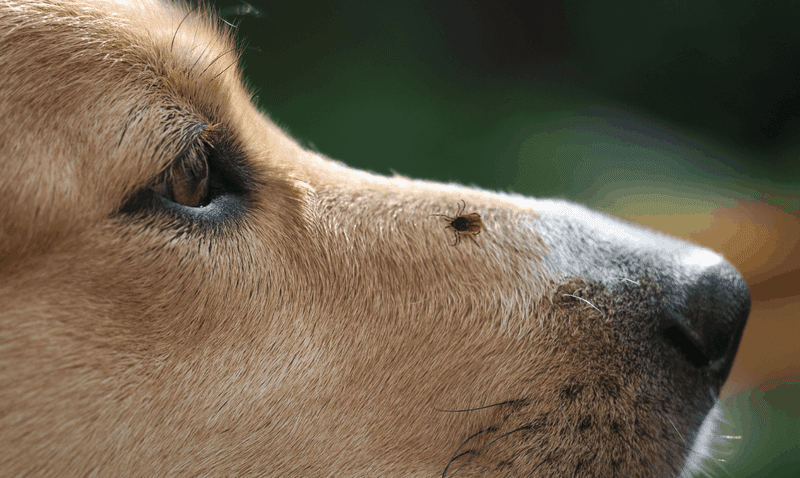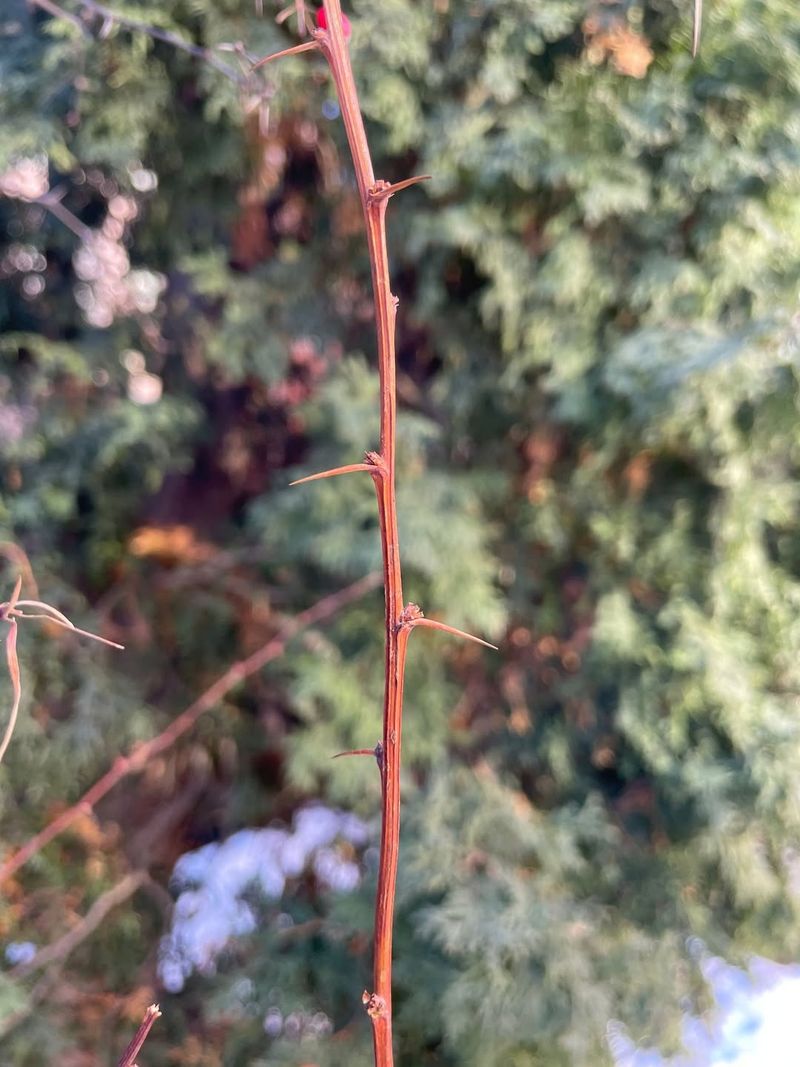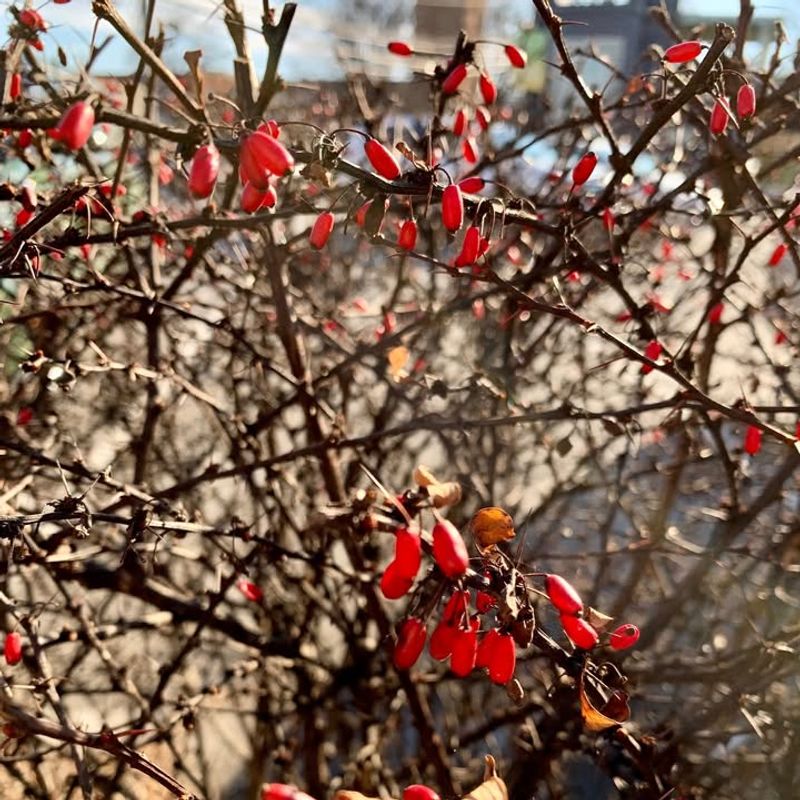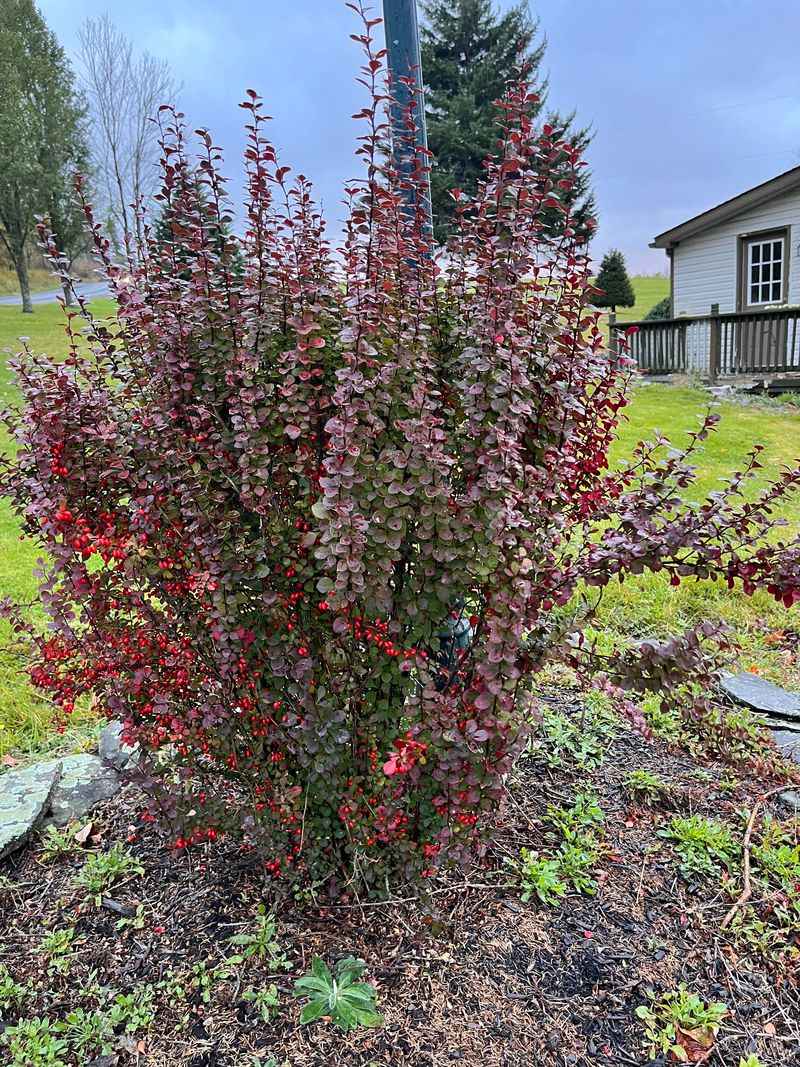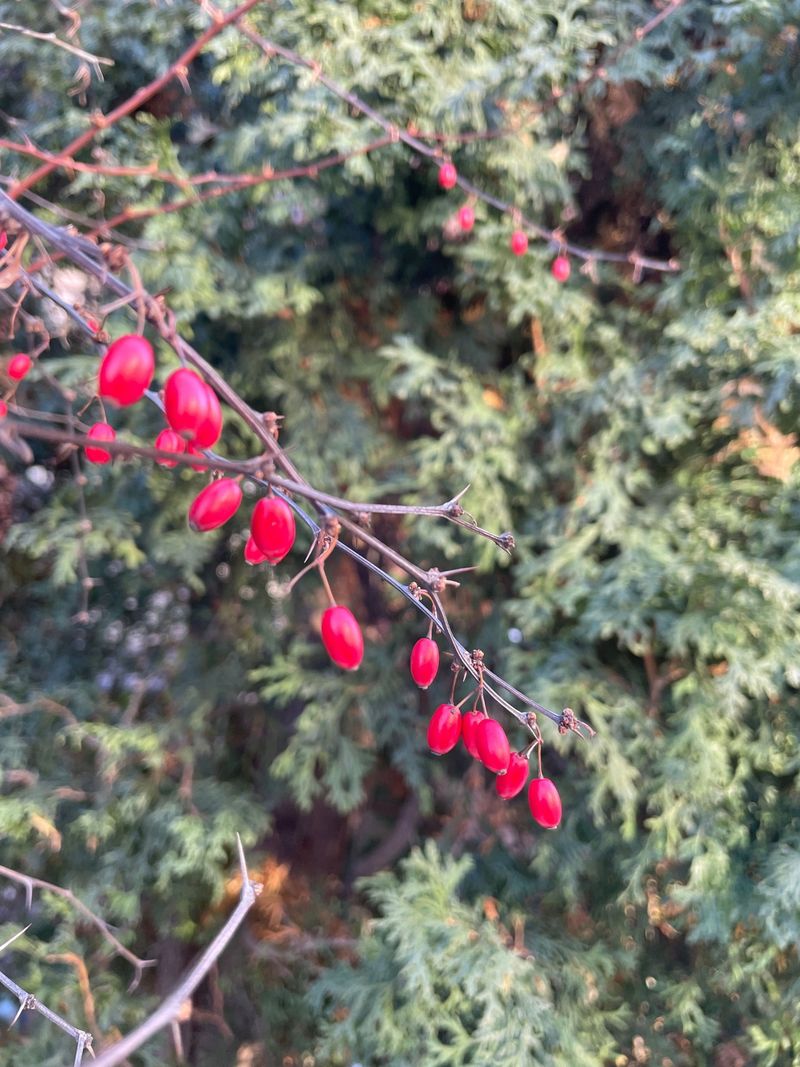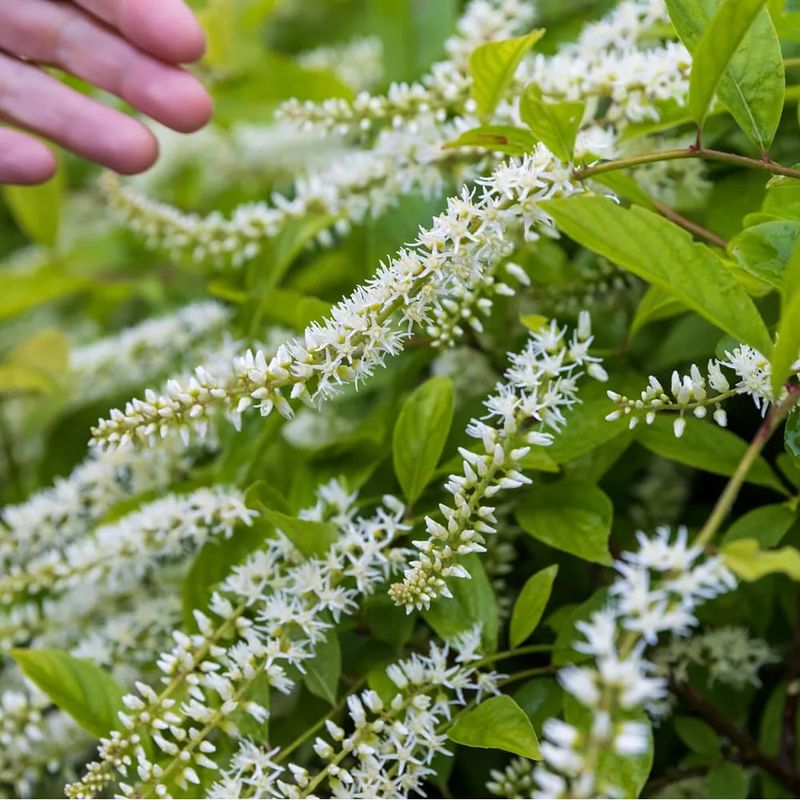It’s easy to think every colorful shrub in your yard is harmless — especially when it brightens a shady corner or adds a pop of red to your landscape. But not every pretty plant plays nice with your pets.
Some shrubs create the perfect hiding place for tiny, blood-sucking hitchhikers waiting for their next warm host. And one of the worst offenders lurking in South Carolina yards is Japanese Barberry.
1. Tick Magnet In Disguise
Japanese Barberry creates a humid microclimate at ground level that ticks absolutely love. Studies show areas with these shrubs can have up to 120% more disease-carrying ticks than places without them.
The dense branches trap moisture and provide perfect shelter for mice, which carry ticks into your yard. When your dog sniffs around these bushes, they’re basically visiting a tick hotel.
2. Dangerous Hitchhikers On Your Pets
Dogs and cats exploring barberry-infested areas often return home carrying unwanted passengers. The ticks hiding in these plants can transmit Lyme disease, Rocky Mountain spotted fever, and other serious illnesses to your pets.
Symptoms might include fever, joint pain, and loss of appetite. Veterinary bills for treating these tick-borne diseases can easily reach hundreds or thousands of dollars in South Carolina.
3. Armed And Dangerous Thorns
Those innocent-looking shrubs pack a painful surprise! Japanese Barberry defends itself with sharp thorns that can pierce through clothing and animal fur.
When your pet brushes against these plants, the thorns can cause scratches or puncture wounds. These injuries might become infected, especially since the thorns often carry bacteria. Even worse, the thorns make it difficult to remove the plant once it’s established.
4. Invasive Bully In Your Garden
Originally brought to America as an ornamental plant, Japanese Barberry quickly escaped gardens and began taking over natural areas. It outcompetes native South Carolina plants by leafing out earlier in spring and staying green longer in fall.
Birds eat the berries and spread seeds everywhere. A single bush can produce thousands of seeds, allowing it to rapidly colonize new areas. Your well-behaved garden plant can become your neighbor’s nightmare.
5. Legal Trouble In Some Places
Several states have banned Japanese Barberry sales because of its invasive nature and connection to tick populations. While South Carolina hasn’t completely banned it yet, there’s growing pressure to add it to the state’s invasive species list.
Garden centers still sell this plant, often marketing it as a low-maintenance hedge option. By choosing native alternatives instead, you’re helping protect local ecosystems and potentially staying ahead of future regulations.
6. Nightmare To Remove
Once Japanese Barberry establishes itself in your yard, removal becomes a genuine challenge. Those sharp thorns make hand-pulling nearly impossible without heavy gloves and protective clothing.
The plant’s incredible resilience means cut stumps often resprout unless treated with herbicide. Complete eradication typically requires repeated efforts over several seasons. Many South Carolina homeowners discover this the hard way after initially planting it for its attractive red foliage.
7. Pet-Friendly Alternatives
Many beautiful native plants offer similar benefits without the dangers. Consider inkberry holly, Virginia sweetspire, or Carolina allspice for attractive alternatives that support local wildlife without harboring ticks.
These native options provide food and habitat for beneficial insects and birds. Unlike Japanese Barberry, they’ve evolved alongside local wildlife, creating balanced relationships rather than ecological problems. Your pets will thank you for creating a safer outdoor space.

